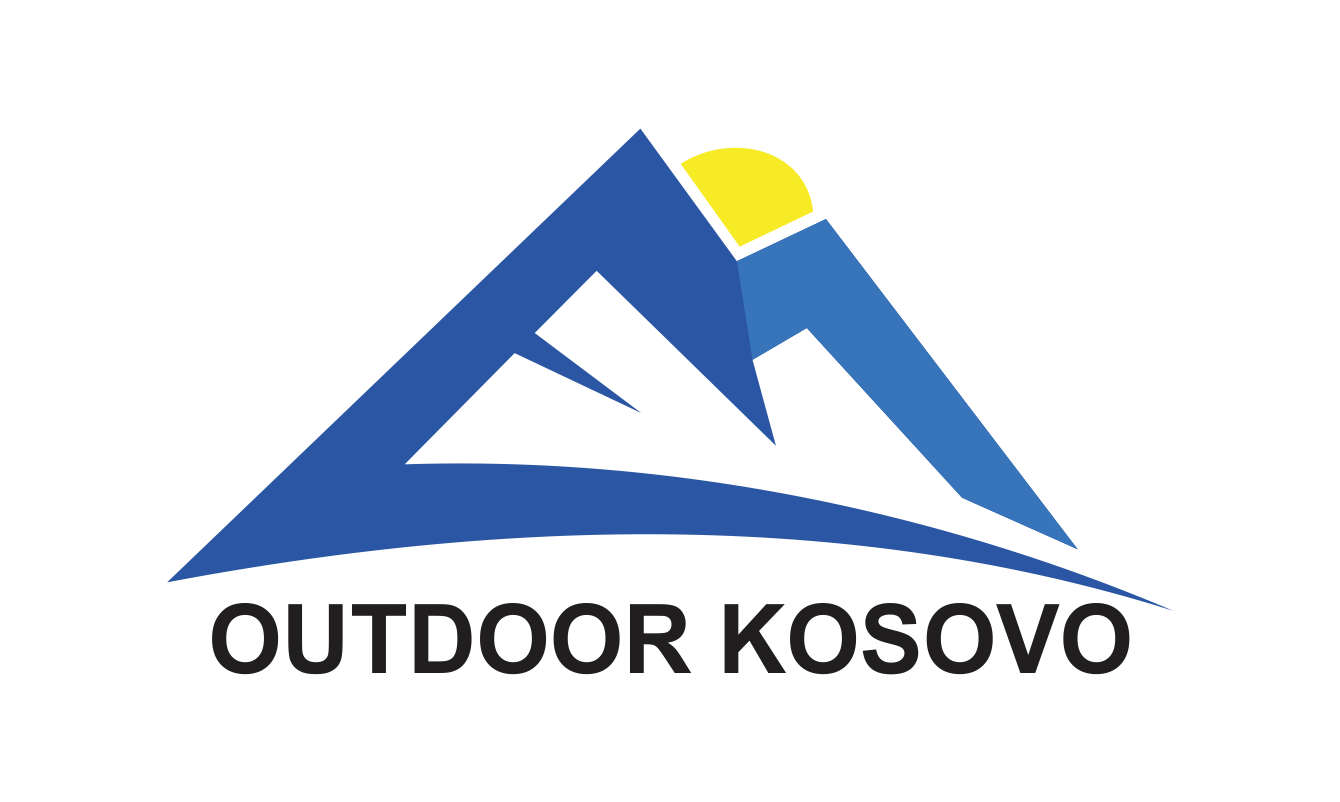History
Montenegro or Crna Gora, (‘Black Mountain’), is a country in Southeastern Europe, located on the Adriatic Sea and is a part of the Balkans, sharing borders with Serbia to the northeast, Bosnia and Herzegovina to the north and west, Kosovo to the east, Albania to the southeast, and Croatia to the southwest, and maritime boundary with Italy with 13,812 square kilometres (5,333 sq mi), Podgorica is the capital and largest city, and is home to roughly 30% of its total population of 621,000.
During the Early Medieval period, three principalities were located on the territory of modern-day Montenegro: Duklja, roughly corresponding to the southern half; Travunia, the west; and Rascia proper, the north.
The Principality of Zeta emerged in the 14th and 15th centuries. From the late 14th century to the late 18th century, large parts of southern Montenegro were ruled by the Venetian Republic.
After falling under Ottoman rule, Montenegro regained its independence in 1696 under the rule of the House of Petrović Njegoš, first as a theocracy and later as a secular principality. Montenegro’s independence was recognised by the Great Powers at the Congress of Berlin in 1878. In 1910, the country became a kingdom.
After World War I, the kingdom became part of Yugoslavia. Following the breakup of Yugoslavia, the republics of Serbia and Montenegro together proclaimed a federation. Following an independence referendum held in May 2006, Montenegro declared its independence.


Explore
Montenegro ranges from high peaks along its borders with Serbia, Kosovo, and Albania, a segment of the Dinaric mountain range on the western Balkan Peninsula, to a narrow coastal plain that is only 1.5 to 6 kilometres (1 to 4 miles) wide. The plain stops abruptly in the north, where Mount Lovćen and Mount Orjen plunge into the inlet of the Bay of Kotor. The Zeta River valley, at an elevation of 500 m (1,600 ft), is the lowest segment.
The mountains of Montenegro include some of the most rugged terrain in Europe, averaging more than 2,000metres in elevation. One of the country’s notable peaks is Bobotov Kuk in the Durmitor mountains, which reaches a height of 2,522 m (8,274 ft). Owing to the hyperhumid climate on their western sides, the Montenegrin mountain ranges were among the most ice-eroded parts of the Balkan Peninsula during the last glacial period. The most interesting touristic region for hikers are two regions: Durmitor mountain and Prokletije mountain range where is located the highest peak Zla Kolata, and incredible Grbaja and Ropojana valley. A must see are the ancient cities of Kotor, Perast, Budva, Ulcinj, etc.


Places to look for:
- Longest beach: Velika Plaža, Ulcinj – 13,000 m (8.1 mi)
- Highest peak: Zla Kolata, Prokletije at 2,535 m (8,317 ft)
- Largest lake: Skadar Lake — 391 km2 (151 sq mi) of surface area
- Deepest canyon: Tara River Canyon – 1,300 m (4,300 ft)
- Biggest bay: Bay of Kotor – 616 km2 (238 sq mi)
- Deepest cave: Iron Deep 1,169 m (3,835 ft), exploring started in 2012, now more than 3,000 m (9,800)
- Official languages:
- Montenegrin
- Languages in official use:
- Serbian, Albanian, Bosnian, Croatian
- Ethnic groups:
- 45.0% Montenegrin, 28.7% Serbs, 8.6% Bosniaks, 4.9% Albanians, 12.7% Others
- Religion:
- 72.07% Eastern Orthodoxy, 3.86% Other Christian, 19.21% Islam, 3.31% No religion, 1.55% Others
- Montenegrin Government:
- President, Prime Minister, Speaker, Unitary parliamentary constitutional republic
- Area:
- 13,812 km2
- Population:
- 2020 estimate: 621,873
- Density:
- 45/km2 (116.5/sq mi)
- Currency:
- Euro
- Time zone:
- UTC+1 (CET)
- Calling code:
- +382

